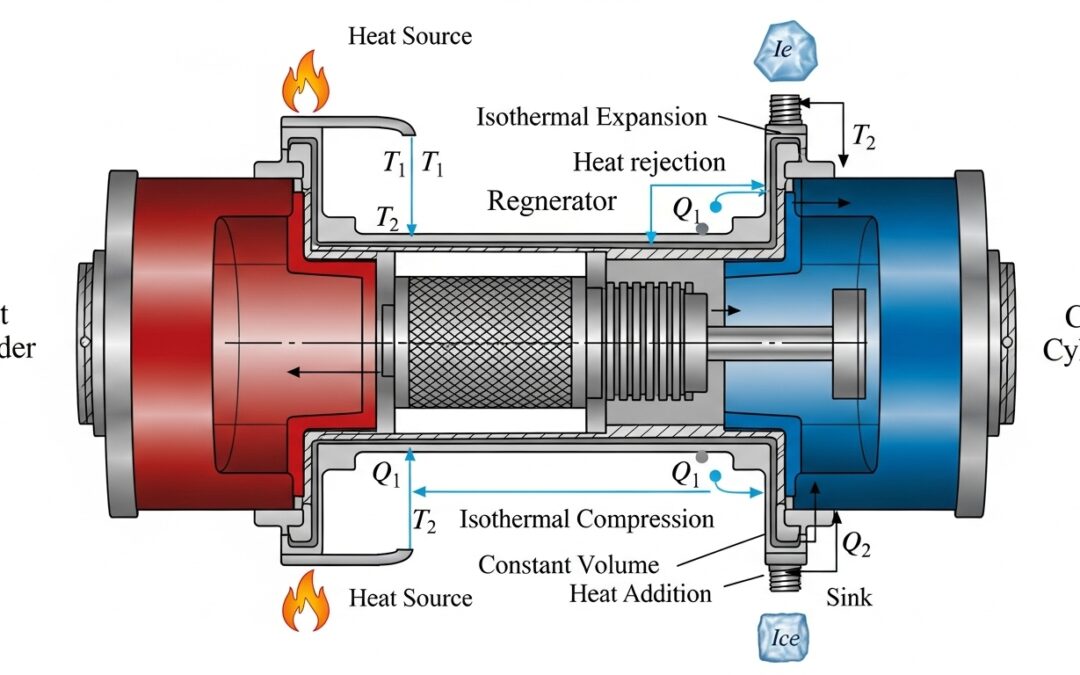Tiling functions diagonally across a grid involves repeating a pattern. The goal is to map coordinates correctly onto a piecewise function. A common approach uses the modulo operation, but it often falters at specific grid points. By transforming the inputs based on their grid position, we can achieve the desired tiling effect. This transformation ensures that the correct sub-function is applied at each grid cell, thus achieving accurate tiling functions diagonally.
Table of Contents
More from me
In mathematics and computer graphics, tiling piecewise functions diagonally presents a unique challenge. This article explores a method to repeatedly tile a two-input piecewise function diagonally across a grid. We address the problem of transforming inputs to achieve the desired tiling effect, providing a clear and concise solution suitable for implementation in various applications.
Understanding Piecewise Functions
A piecewise function is defined by multiple sub-functions, each applying to a specific interval of the input domain. For example, consider a function ##F(x, y)## defined differently for pink, blue, and green regions within the range 0 to 2. The challenge lies in extending this definition to tile the function across a larger grid, maintaining the correct arrangement of these regions. The concept of tiling functions diagonally is essential here.
The initial attempt to use the modulo operation, such as ##x_1 = x_1 \mod 2## and ##x_2 = x_2 \mod 2##, demonstrates a common approach to repeating patterns. However, this method often fails at specific grid points due to the nature of the modulo function. A more robust transformation is needed to accurately map the input coordinates to the appropriate sub-function within the tiled grid. The concept of tiling functions diagonally is crucial.
Solution: Transforming Inputs for Diagonal Tiling
Defining the Transformation
To correctly tile the function diagonally, we need a transformation that shifts the input coordinates based on their position in the grid. Let ##F(x, y)## be the original piecewise function, and ##f(x, y)## be the new tiled function. The transformation can be defined as:
### f(x,y) = F(x-m,y-m) ###Where ##m = \min(\lfloor x \rfloor, \lfloor y \rfloor)##. This transformation effectively shifts the input coordinates ##(x, y)## by ##m## in both dimensions, ensuring that the correct sub-function of ##F## is applied at each grid cell. The concept of tiling functions diagonally is important.
Step-by-Step Explanation
The floor function, denoted by ##\lfloor x \rfloor##, returns the largest integer less than or equal to ##x##. The ##\min## function selects the smaller of the two floor values. Subtracting ##m## from both ##x## and ##y## aligns the input coordinates to the base cell of the tiled grid. This ensures that the piecewise function ##F## is evaluated at the correct relative position within each tile. This is how we achieve tiling functions diagonally.
Example
Consider the point ##(x, y) = (3.5, 4.2)##. Then, ##\lfloor x \rfloor = 3## and ##\lfloor y \rfloor = 4##, so ##m = \min(3, 4) = 3##. The transformed coordinates are ##(x’, y’) = (3.5 – 3, 4.2 – 3) = (0.5, 1.2)##. The function ##f(3.5, 4.2)## will evaluate ##F(0.5, 1.2)##, effectively mapping the point to the corresponding region in the original piecewise function. The concept of tiling functions diagonally is demonstrated.
Similar Problems and Quick Solutions
Problem 1: Tiling with a different shift
If ##f(x,y) = F(x-2m,y-2m)## where ##m = \min(\lfloor x \rfloor, \lfloor y \rfloor)##. This shifts the tiling pattern.
Problem 2: Tiling only in one direction
If ##f(x,y) = F(x-m,y)## where ##m = \lfloor x \rfloor##, the tiling occurs only horizontally.
Problem 3: Using a different minimum function
If ##f(x,y) = F(x-m,y-m)## where ##m = \max(\lfloor x \rfloor, \lfloor y \rfloor)##, the tiling behavior changes significantly.
Problem 4: Tiling with a conditional shift
If ##f(x,y) = F(x-m,y-m)## where ##m = \lfloor x \rfloor## if ##x < y## else ##\lfloor y \rfloor##, the tiling is conditional.
Problem 5: Tiling with a fractional shift
If ##f(x,y) = F(x-0.5m,y-0.5m)## where ##m = \min(\lfloor x \rfloor, \lfloor y \rfloor)##, the tiling is denser.
| Concept | Description | Formula |
|---|---|---|
| Piecewise Function | A function defined by multiple sub-functions, each applying to a specific interval. | ##F(x, y)## |
| Tiled Function | The new function that tiles the original piecewise function diagonally across a grid. | ##f(x, y)## |
| Transformation | Shifts the input coordinates based on their position in the grid to achieve the tiling functions diagonally effect. | ##f(x,y) = F(x-m,y-m)## where ##m = \min(\lfloor x \rfloor, \lfloor y \rfloor)## |
| Floor Function | Returns the largest integer less than or equal to x. | ##\lfloor x \rfloor## |
We also Published
RESOURCES
- Diagonal tile position detection using “get_cell_tile_data()” : r/godot
- Tiling Bathroom Walls: Diagonal Tiles – Fine Homebuilding
- Due to the game being tile-based, moving diagonally is far faster …
- Lines Diagonal Tile – ekko Acoustics
- [Solved] Check for diagonal neighbor on grid possible? Auto Tile …
- What are the pros and cons of laying floor tiles diagonally versus …
- GML – [SOLVED] Tile collisions w/diagonal movement | GameMaker …
- NumPy ops
- Block diagonally symmetric lozenge tilings
- patterns – Tiling seamless diagonal lines – Graphic Design Stack …







0 Comments